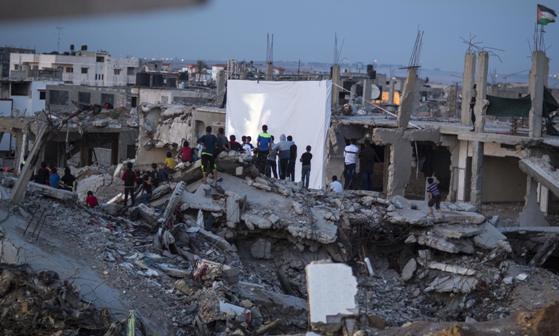
Colour plate from Scott’s Last Expedition: ‘Mr Ponting Lecturing on Japan’
Source: Robert Falcon Scott, journal entries for 29 May 1911 and 22 August 1911, in Captain R.F. Scott, Scott’s Last Expedition (London: Smith, Elder, 1914), vol. 1, pp. 292, 387-388
Text: Monday, May 29. – … Lecture – Japan. To-night Ponting gave us a charming lecture on Japan with wonderful illustrations of his own. He is happiest in his descriptions of the artistic side of the people, with which he is in fullest sympathy. So he took us to see the flower pageants. The joyful festivals of the cherry blossom, the wistaria, the iris and chrysanthemum, the sombre colours of the beech blossom and the paths about the lotus gardens, where mankind meditated in solemn mood. We had pictures, too, of Nikko and its beauties, of Temples and great Buddhas. Then in more touristy strain of volcanoes and their craters, waterfalls and river gorges, tiny tree-clad islets, that feature of Japan – baths and their bathers, Ainos, and so on. His descriptions were well given and we all of us thoroughly enjoyed our evening.
[…]
Tuesday, August 22. – I am renewing study of glacier problems; the face of the ice cliff 300 yards east of the homestead is full of enigmas. Yesterday evening Ponting gave us a lecture on his Indian travels. He is very frank in acknowledging his debt to guide-books for information, nevertheless he tells his story well and his slides are wonderful. In personal reminiscence he is distinctly dramatic he thrilled us a good deal last night with a vivid description of a sunrise in the sacred city of Benares. In the first dim light the waiting, praying multitude of bathers, the wonderful ritual and its incessant performance; then, as the sun approaches, the hush – the effect of thousands of worshippers waiting in silence – a silence to be felt. Finally, as the first rays appear, the swelling roar of a single word from tens of thousands of throats: ‘Ambah!’ It was artistic to follow this picture of life with the gruesome horrors of the ghat. This impressionist style of lecturing is very attractive and must essentially cover a great deal of ground. So we saw Jeypore, Udaipore, Darjeeling, and a confusing number of places – temples, monuments and tombs in profusion, with remarkable pictures of the wonderful Taj Mahal – horses, elephants, alligators, wild boars, and flamingos – warriors, fakirs, and nautch girls – an impression here and an impression there.
It is worth remembering how attractive this style can be – in lecturing one is inclined to give too much attention to connecting links which join one episode to another. A lecture need not be a connected story; perhaps it is better it should not be.
Comments: Robert Falcon Scott (1868-1912) was a Royal Navy officer and explorer, who led the British Expedition to the South Pole on the Terra Nova and died on the return journey. The expedition included a photographer and cinematographer, Herbert Ponting (1870-1935). During the winter months when there was no sun at the Antarctic various entertainments were put on for the expedition members in their hut at Cape Evans. These included regular lectures given by Ponting, using a magic lantern and photographs taken by him from around the world (Ponting had been on photographic assignments to Burma, Korea, Java, China, India and Japan). Scott’s journal makes several references to these lectures, as well as to Ponting’s photographic and cinematographic work. Ponting did not exhibit his films to the expedition as he did not have a projector not the mean to process prints from his negatives.
Links: Copy at Internet Archive




